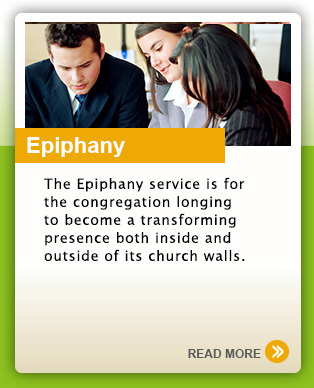Mission
Our mission is to ignite the Christian Church (Disciples of Christ) in all expressions, as individuals, regions and general ministries, to become passionately involved in birthing, nurturing, engaging and encouraging sustainable new churches in as many ways as possible.
Starting new churches is a “God thing” that requires faith, maturity and partnership within the denomination, the region and the local community.
History
Early History
In the 1950s, more than 180 new Disciples congregations were formed in newly growing suburbs in the United States.
The 1960s, social turmoil and issues with ecumenism led to the formation of only 60 congregations in the decade.
In the 1970s, church planting was not a priority for the Disciples. Of the 70 churches planted in the 70s, very few exist today.
In 1977, Convocation of the Christian Church challenged the denomination once again to engage in church planting.
In the 1980s, the Church Advance Now program was established, resulting in 130 new church starts, nearly double the previous decade.
The 1990s saw about 120 new church plants. It became apparent that Disciples regions were losing interest in church planting because of the expense and lack of skilled planters.
2020 Vision
Preliminary discussions at the General Board of the Christian Church (Disciples of Christ) were captured in the book, “The 2020 Vision,” by then General Minister and President Dick Hamm. In his book, Hamm challenges the church with four priorities to guide the Church through the first two decades of the 2000s.
- Formation of 1,000 new congregations 2020
- Transformation of 1,000 congregations by 2020
- The calling and forming of new leaders and the continued re-forming and development of current leadership
- Becoming a pro-reconciling/anti-racist church
Since the former Church Extension had been seriously engaged in supporting new church planting for more than 100 years, Church Extension directors accepted the challenge of providing leadership to the Disciples church planting efforts.
In November 2000, Church Extension invited regional partners, a handful of planters and other partners to attend the New Church Summit in Indianapolis. At this summit, the goal of planting 1,000 congregations was adopted, and partners were challenged by church planting experts to think about church planting in a new way. It was at this summit that a new spirit of partnership emerged with all ministries of the church working toward the same goal.
New Church Ministry
By March 2001, the New Church Ministry team was formed and new strategies for church planting were implemented. The new church movement celebrated 40 new congregations in its first year.
By September 2002, the New Church Ministry team sponsored its first New Church Planter training for more than 40 people. By the end of 2002, the movement celebrated 60 new congregations.
In 2003, during the second New Church Planter Training, New Church Ministry received word that it had been awarded a $1.67 million grant for Sustaining Pastoral Excellence in New Church Ministry from the Lilly Endowment. This grant enabled New Church Ministry to add to staff, while increasing the sustainability of new church projects with an excellent coaching program. By the end of that year, the movement celebrated 80 new projects.
In January 2012, New Church Ministry became a part of Hope Partnership for Missional Transformation.
New Disciples congregations have increased from 50 percent sustainability to more than 60 percent sustainability.
Since 2000, Disciples have planted more than 1,000 new congregations and counting!
The movement today
In April 2019, Hope Partnership for Missional Transformation became Hope Missional Services, consolidating its services to New Beginnings and Epiphany, which are administered by Disciples Church Extension Fund. To date, Hope Partnership Services has provided leadership development and congregational revisioning services to more than 1,300 churches throughout the U.S. and Canada.



